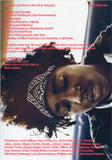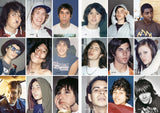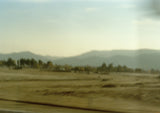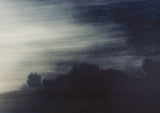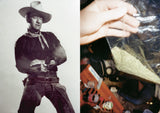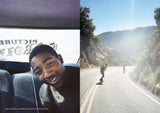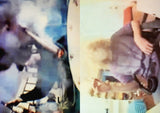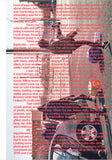The Last Survivor is the First Suspect is at once a celebration and a requiem. The project, captured between 2005 and 2009 by photographer Nick Haymes, is a record of a peripatetic community of young friends based mainly between two distinct geographic points: Southern California and Tulsa, Oklahoma. The book's narrative merges a sense of joy in documenting burgeoning friendships and bonds, alongside a looming sense of dread and that ultimately ends in a series of tragedies.
Weaved throughout the book's intimate photographs are a series of digital screenshots which Haymes has identified as key to this moment in time, that offer the viewer a secondary narrative of engagement. Social media was still in early development, and Haymes became acutely aware of a new nodal sense of communication between these distinct groups of friends. Platforms such as MySpace, YouTube, and online message boards, served to develop a sense of community by enabling connection while also setting new and impossible standards and expectations. Diligently collected, these conversations and communications between the characters frames a foreboding that increases through the unfolding pages. Haymes dots the pages with extant references to geotags and URL addresses that allow the curious viewer to dig deeper into the book’s subjective truths.
In Haymes’ own introduction he accounts how the camera allowed him to compensate for a sense of crippling shyness developed during his own teenage years. "I picked up a camera and hid, discovering I could once again be near people, intimate with them, without having to engage,” he writes. To create this publication, the artist has returned to a body of pictures, piecing together what happened to these people for himself. Here, Haymes invites us to continue our own present-day engagement with this specific historic moment, where things are both different and the same in equal measure, recalling L.P. Hartley’s famous introduction to his coming of age opus The Go-Between. “The past is a foreign country; they do things differently there,” he wrote.
Published by Kodoji Press, 2021.












